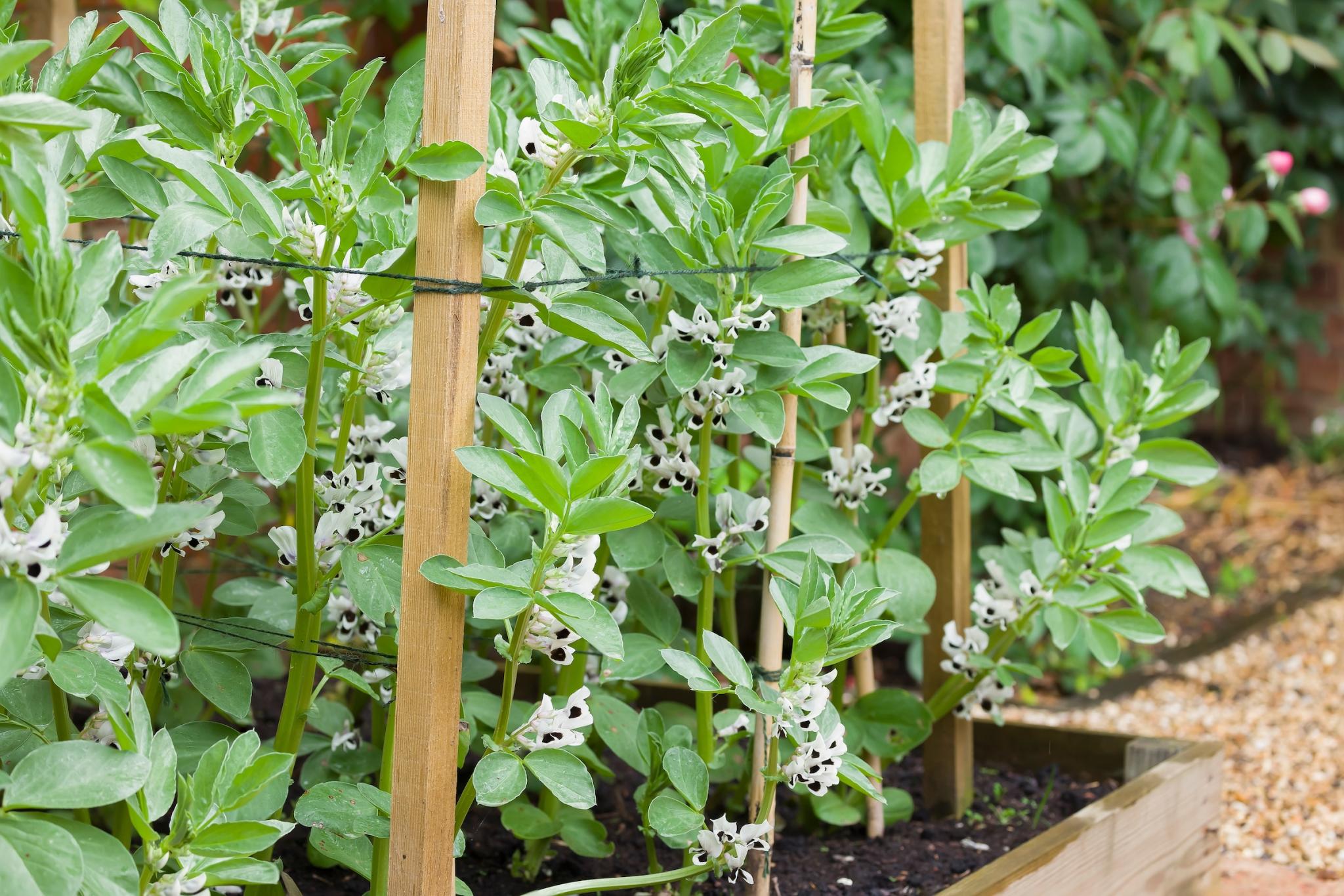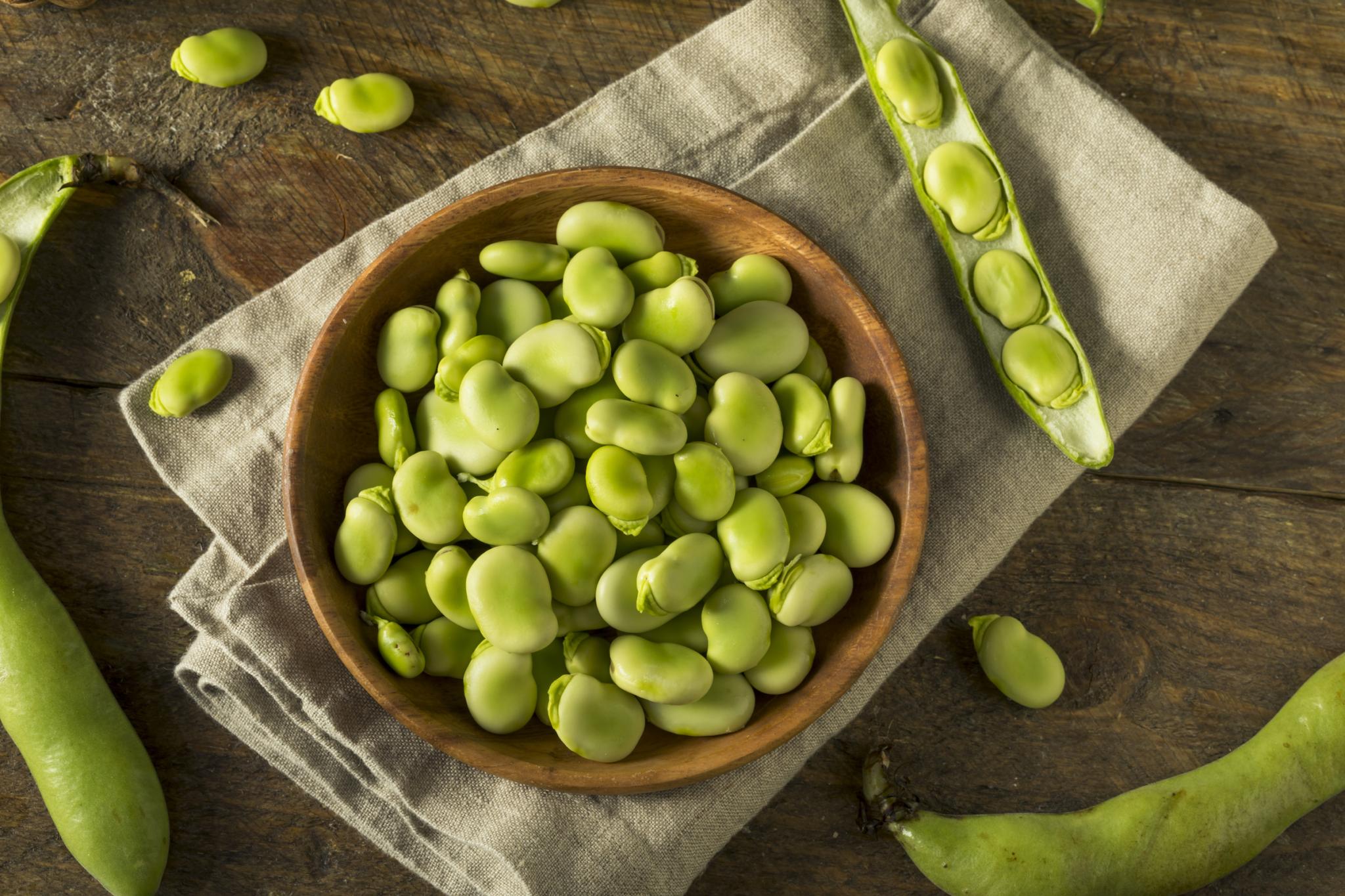
Also receive the Almanac Daily newsletter including gardening tips, weather, astronomical events, and more.
Planting, Growing, and Harvesting Fava Beans
Cooking Notes
Cook smaller shelled beans as they are. Larger, starchier beans will need to be boiled for a few minutes before popping them out of their thick outer skin to leave the tender inner bean.
Try steaming them and serve with a white sauce; whizz them up into a spring-fresh bean hummus, made zesty with a good squeeze of lemon juice; roast them with a little salt to snack on like peanuts. Boiled, pureed or turned into a rich (and heavenly moreish) soup, those keenly anticipated first beans of the year are by far the most delicious.
ADVERTISEMENT
Favism
The term ‘favism’ is used to indicate a severe reaction occurring on ingestion of foodstuffs consisting of or containing the beans of the leguminous plant Vicia faba (fava bean, broad bean). Fava Beans are the one bean I do not ingest.










